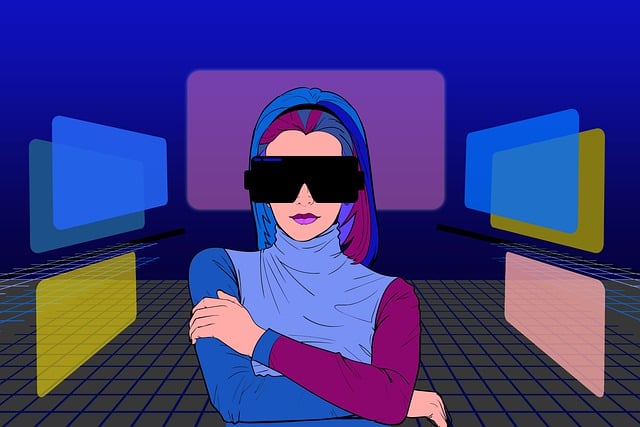In the absence of an electronic medical record (of my own) where is my medical data?
Many doctors, dentists, physios, pharmacists and others
Thinking back over my life to date there have been many medical consults. Lots of diagnostics. How do I bring my doctor or physio up to date quickly on my medical history?
I would consider myself reasonably healthy. I’ve really only had 3 or 4 general practitioners over my life time. I have had consults with ortho, cardio, uro, neuro and general over the years. I have had multiple diagnostics – MRIs, Xrays, Ultrasound, barium meal, blood tests – perhaps others. Trips to ED as a result of skiing, car accident, rugby, cycling. Lots of physio (multiple practices) – back, hamstring, ankle, tennis elbow – massage, dry needling, acupuncture. Perhaps three dentists – fillings, extractions, cleaning. Multiple pharmacists for various prescriptions including anti-inflammatories, antibiotics, pain relief. Minor operations under general anesthetic. COVID vaccinations. Various vaccinations prior to visiting various international locations. And that leaves out being born, jaundice as a kid.
Sharing the data – my medical record
It just doesn’t really happen the way you would like. There are probably four physio practices with separate records with respect to my back condition. And at least two orthos and one neuro in different hospitals – with various data. And my current GP would have some of this data. To say nothing of what exists in the various hospitals or diagnostic clinics I may have visited re my back.
In other instances consultants have requested blood test results – which had previously been ordered by a GP. They may have been emailed to me and from me to the consultant or from the GP to the consultant. And, presumably, the various consultants also have notes with respect to my various ailments. And, if the system works, some or all of these notes may have made it to my GP (via post
Then there is the data I record myself e.g. daily blood pressure records or weight or sleep patterns. Or records I may maintain in apps such as ‘patientslikeme’.
What would good look like?
In the first instance I would have an electronic medical record – owned by me. And I would use this record in interacting with any medical provider.
Not going to happen retrospectively for me. But what about people being born now and going forward? What would be the benefits? What would be the challenges, obstructions, risks, down side? Who would pay for it?
The right data should enable more efficient medical care, more personalised medicine, improved diagnosis and treatment. But this would require consistent data capture, ease of access, security over access. And, of course, willingness (or legal requirement) of providers to provide data in acceptable electronic format.
In this scenario a 45 year old would have a very detailed personal medical record – detailing all interactions with medical providers over her lifetime. And this should serve to enable the 45 year to interact more effectively with future advisors. There should also be a method whereby the 45 year old can share anonymised data as she sees fits with various research entities.
Where next?
I think we have to accept that all of the providers will continue to have their own systems and processes – designed to enable them to run their provision of services optimally for them. In general, with some notable exceptions, there is an acceptance by providers that they require electronic records – that paper charts no longer ‘cut it’.
I have commented previously on the need for EHRs in hospitals (but the conflict as to who really owns the data). Individuals will require their own medical record. This will require specialist companies who will assemble these and maintain them on behalf of individuals. I think the likely scenario is a paid service that an individual subscribes to – whereby the provider will set up and manage the individual’s personal record. These entities will probably liaise directly on behalf of their customers with the providers of health services. On behalf of patients they will provide access to relevant data and receive back additional data from the providers.
Possible disruption
Were this model to succeed this may lead to significant disruption in the market place – with patients having much more influence in the market place through these companies. A comprehensive electronic medical record will change the game. But better data should ensure more efficient service delivery. And such systems should support improved research.



